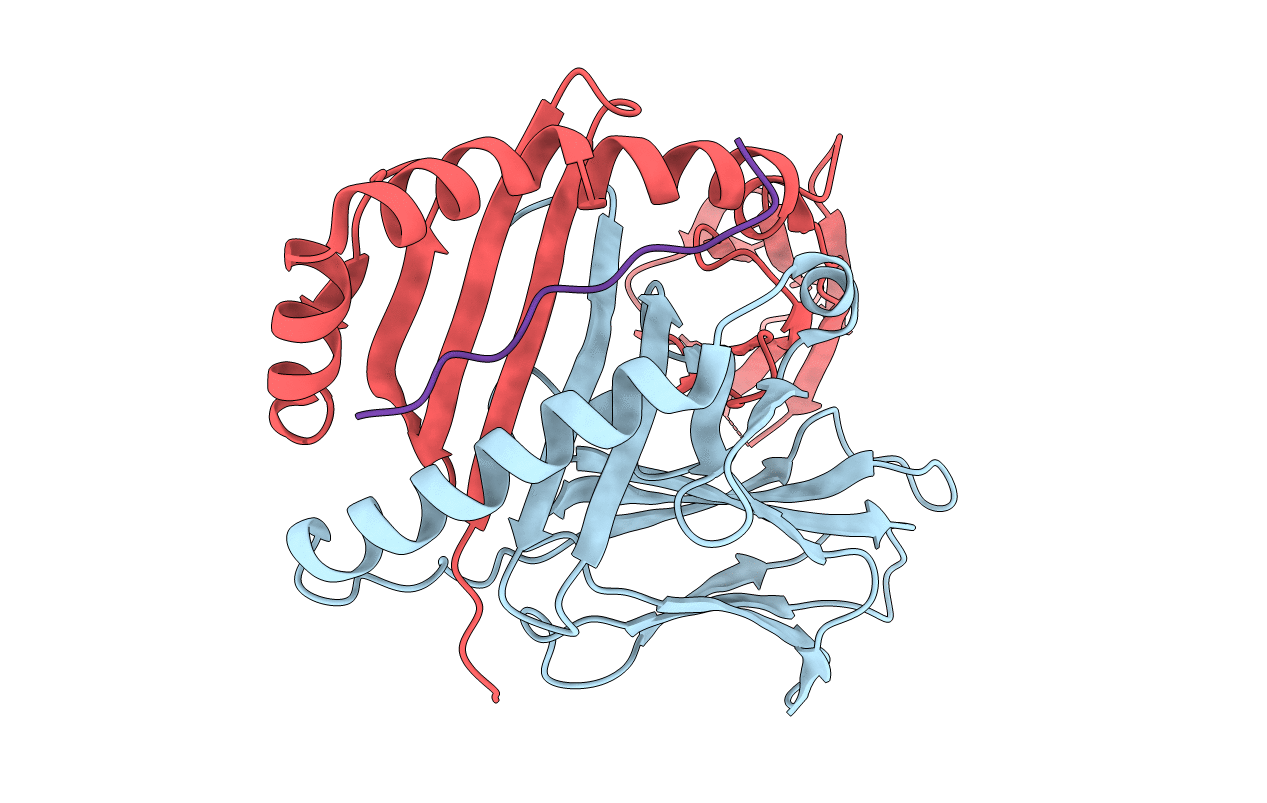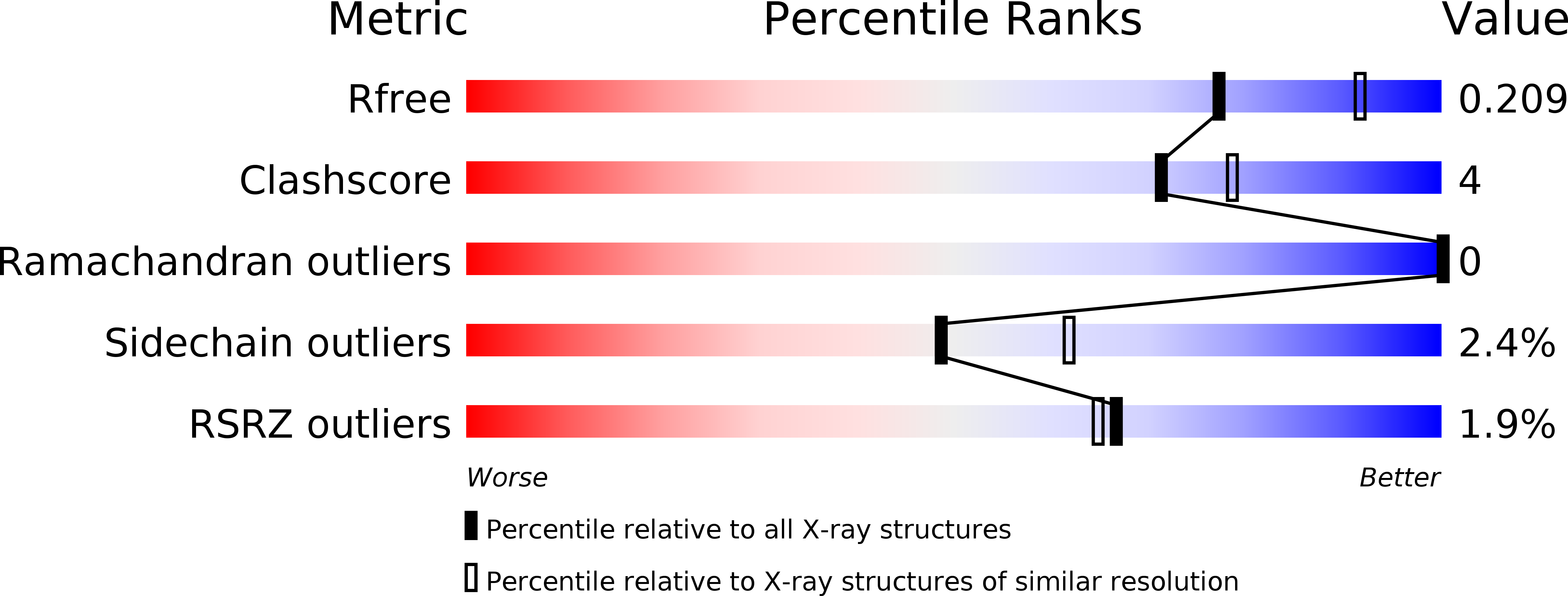
Deposition Date
2016-07-10
Release Date
2017-04-05
Last Version Date
2024-10-23
Method Details:
Experimental Method:
Resolution:
2.20 Å
R-Value Free:
0.20
R-Value Work:
0.16
R-Value Observed:
0.17
Space Group:
I 2 3


